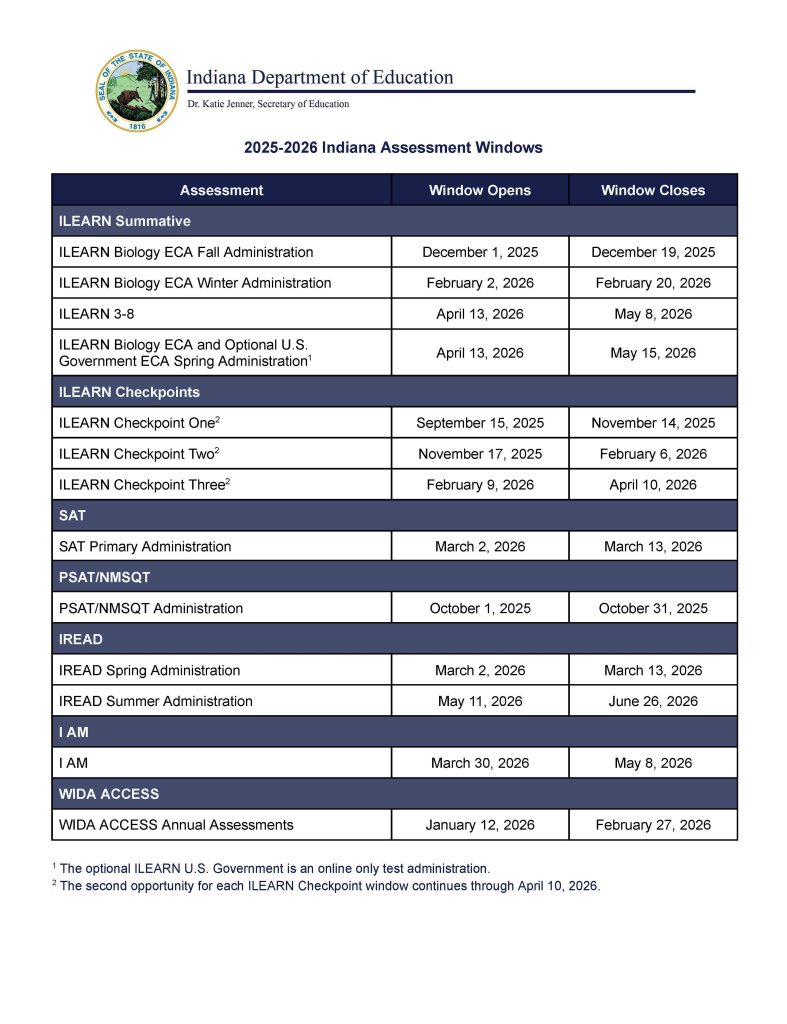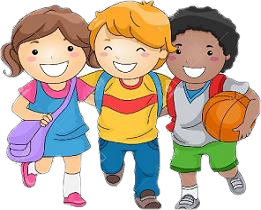In accordance with Indiana’s Senate Enrolled Act 217, MSD of Martinsville will screen students in grades K, 1, and 2 for signs of dyslexia in the first ninety (90) days of each school year. Regardless of the previous year’s results, students must be tested every year. Once the tests have been administered, a committee will review the results to determine next steps for those who may be at-risk and need additional support, interventions and testing. This process will not identify dyslexia; however, it will serve as a plan of action to help students with reading difficulties. Letters will be sent out to those who need to be referred for further testing. General Characteristics of Dyslexia Across the Lifespan: A person with dyslexia struggles with reading and spelling. Dyslexia is a neurological disability with certain characteristics. Every child develops language, reading, and writing at different rates due to numerous factors. The characteristics listed, while well known to indicate dyslexia, should not be used solely to diagnose it. These dyslexia characteristics range from mild to severe. Dyslexia may be genetic in nature, meaning a person with dyslexia may have a sibling or other relative with dyslexia.

A person with Dyslexia may have difficulty with:
Dyslexia interventions used for analysis: Orton-Gillingham Instruction, NWEA Map Reading Fluency Instructional Recommendations, and Foundational reading skills in whole/small group and individual instruction.
Number of students who were administered universal screener: 768
Number of students identified as at-risk: 6
Contact: Suzie Lipps, Assistant Superintendent, suzie.lipps@
Blending Board App
Created by Indiana Educational leader, Nadine Gilkison, this free app is designed with teachers, parents and students in mind. Blending Board allows users to create decks of phonemes that fit learner’s needs. To learn more, please visit Ms. Gilkison’s 6-minute video.
